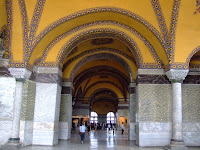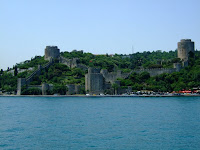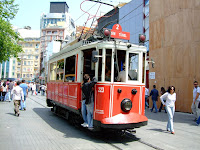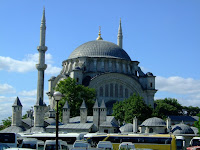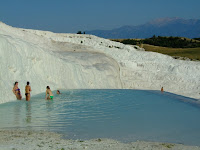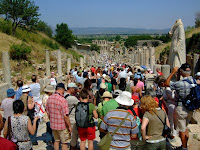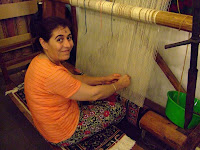 The crescent shaped area west of Cardiff, goes by the enticing name of the Vale of Glamorgan. Although we have visited Wales several times we had not been to
The crescent shaped area west of Cardiff, goes by the enticing name of the Vale of Glamorgan. Although we have visited Wales several times we had not been to 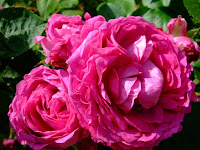 this area so we finally made a weekend trip to explore the Vale. It's only a little over 2 hours from London, providing you get a good run on the M4.
this area so we finally made a weekend trip to explore the Vale. It's only a little over 2 hours from London, providing you get a good run on the M4.Dyffryn Garden is a Grade 1 listed garden, and this was our first stop. To be honest, it wouldn't rate as the best English garden we've seen, but nevertheless, was very pleasant to stroll around in the sunshine.
 Just up the road from the gardens is the Tinkinswood Burial Chamber. Built around 4000BC it has the largest capstone of any such burial chamber in Britain, estimated at weighing 40 tons, it was pretty impressive. The logistics of early civilizations moving and placing this slab are incredible.
Just up the road from the gardens is the Tinkinswood Burial Chamber. Built around 4000BC it has the largest capstone of any such burial chamber in Britain, estimated at weighing 40 tons, it was pretty impressive. The logistics of early civilizations moving and placing this slab are incredible.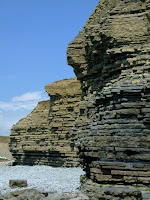 The road through the centre of the Vale was pretty uneventful, but the fascinating thing about Wales is old abbeys and castles dotted regularly around the countryside. We felt obliged to check out the Heritage sign to Ewenny Priory; marvellous walls left behind in the middle of nowhere.
The road through the centre of the Vale was pretty uneventful, but the fascinating thing about Wales is old abbeys and castles dotted regularly around the countryside. We felt obliged to check out the Heritage sign to Ewenny Priory; marvellous walls left behind in the middle of nowhere.Then it was time for our walk of the day: combining one from the Country Walking magazine, with one in a
 Walking Wales publication, we ended up with a very picturesque 8.5 mile ramble starting from Dunraven Bay. Wonderful stacked cliff faces line the beach along the coast here. At the start there was the remnants of a castle on the headland, and half way round the walk were the ruins of Ogmore Castle; set on the banks of a river with a fun set of stepping-stones.
Walking Wales publication, we ended up with a very picturesque 8.5 mile ramble starting from Dunraven Bay. Wonderful stacked cliff faces line the beach along the coast here. At the start there was the remnants of a castle on the headland, and half way round the walk were the ruins of Ogmore Castle; set on the banks of a river with a fun set of stepping-stones.
The final leg of the walk took in a few miles of the Glamorgan Heritage Coast trail, a very pleasant way to end a lovely sunny June day.





